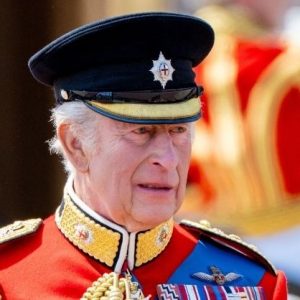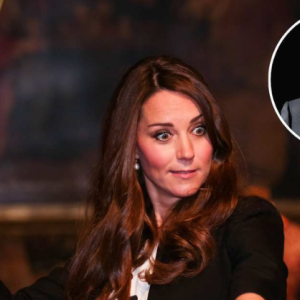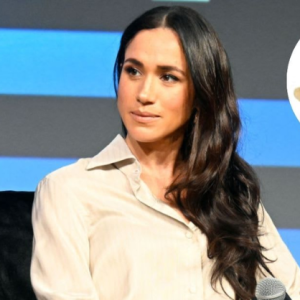As London prepares for Trooping the Colour this Saturday, June 14, royal observers will notice a significant change in this year’s birthday celebration for King Charles.
For the second consecutive year, His Majesty will not be riding on horseback—a long-standing tradition that dates back more than a century.
No Horseback Salute This Year

Last year, during his first birthday parade as monarch, King Charles upheld royal custom by taking the salute on horseback—marking the first time a sovereign had done so since Queen Elizabeth II in 1986.
However, this year’s event will look a little different.
Due to ongoing health precautions related to his cancer treatment, the King will instead travel by carriage—just as he did last year. This decision, according to reports, was made in consideration of comfort and safety.
The King will reportedly ride alongside Queen Camilla in the royal carriage from Buckingham Palace to Horse Guards Parade, where the ceremonial salute will take place.
A Farewell to the Saddle?
According to The Times, this change may not be temporary. The publication suggests that King Charles is unlikely to ever return to horseback for this ceremony, signaling the quiet end of a royal tradition he once cherished.
Despite his earlier years as a skilled polo player and amateur jockey, Charles has reportedly stepped back from riding altogether—even for leisure.
This stands in contrast to Queen Elizabeth II, who famously continued riding horses well into her 90s, with reports of her still riding at age 96 just months before her passing.
Why the Parade Happens in June—Not November

Though King Charles was born on November 14, the annual Trooping the Colour is celebrated in June. This practice, established in the 18th century, separates the monarch’s actual birthday from their “official birthday”—largely for a practical reason: better weather.
British monarchs have long chosen to hold the parade in early summer to avoid the dreary, wet conditions common in autumn. Queen Elizabeth II also observed this tradition by celebrating her official birthday on the second Saturday of June.
Whether Prince William, who was actually born in June, will maintain the two-birthday tradition when he becomes king remains uncertain. Some royal watchers speculate he might modernize or even abandon the custom altogether.
What This Signals About the Modern Monarchy

The King’s decision to opt for comfort over custom may seem small, but it’s telling. It reflects the ongoing balancing act between royal tradition and personal well-being in a new era of the monarchy.
While Trooping the Colour remains one of the most visually grand events on the royal calendar, this year’s edition will carry a quiet shift in tone—reminding the public that even age-old traditions must sometimes evolve with the times.





